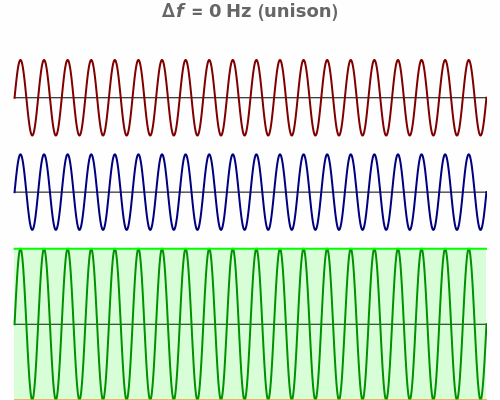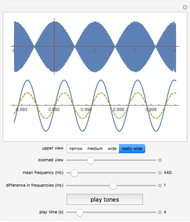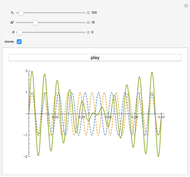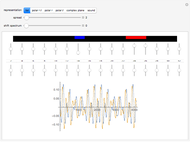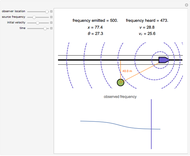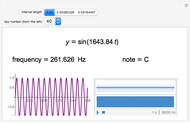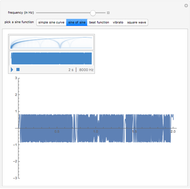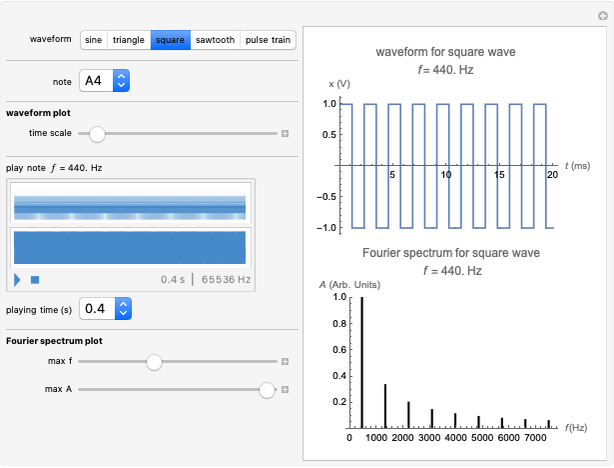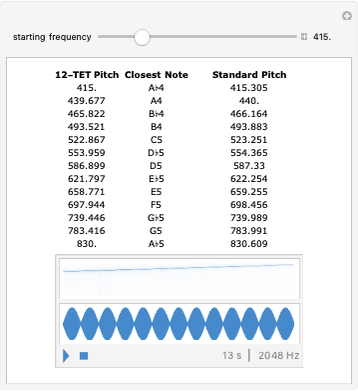Beating and Roughness

Requires a Wolfram Notebook System
Interact on desktop, mobile and cloud with the free Wolfram Player or other Wolfram Language products.
When a pair of beating sinusoids are equal in amplitude, their temporal envelope is characterized by a full-wave rectified sinusoid. This envelope has an oscillation rate at the absolute frequency difference ( ) between the original two sinusoids. If
) between the original two sinusoids. If  is greater than an auditory filter bandwidth (or critical band), the combination is perceived as two distinct tones.
is greater than an auditory filter bandwidth (or critical band), the combination is perceived as two distinct tones.
Contributed by: Julian Villegas (March 2011)
Based on a program by: John Kiehl
Open content licensed under CC BY-NC-SA
Snapshots
Details
Reference
[1] H. Fastl and E. Zwicker, "Psychoacoustics: Facts and Models." Springer Series in Information Sciences, 3rd ed., 22, Berlin: Springer, 2007.
Permanent Citation
"Beating and Roughness"
http://demonstrations.wolfram.com/BeatingAndRoughness/
Wolfram Demonstrations Project
Published: March 7 2011
